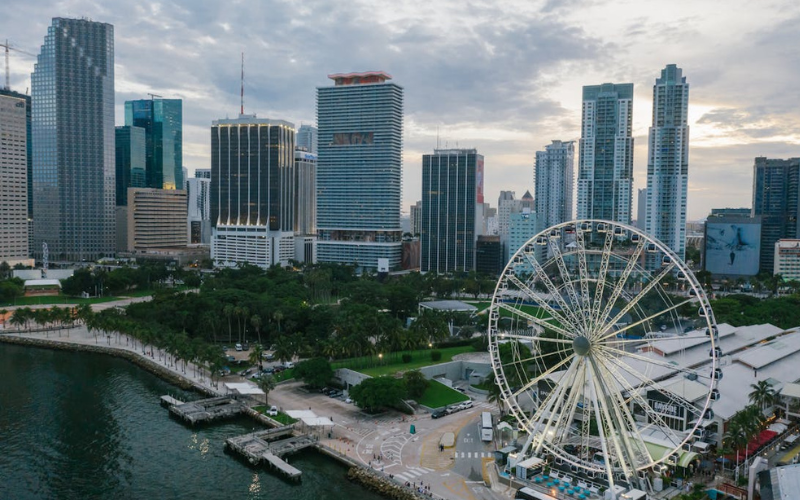There is a symbiotic relationship between the process Economic expansion And the Immigration in the United States There is a direct relationship. As evidenced by the mass Irish immigration (during the 1930s and 1940s); German (at the end of the 1840s); and Southern and Eastern European immigration, which by 1910 accounted for 71.9% of total immigration to the United States.
This relationship between the economy and migration has been reflected in the expansion and development of the world Capitalism In the United States, which occurred simultaneously with its consolidation as a nation, with colonization, immigration, and the expansion of its territory. Between 1815 and 1870 about 46 million people immigrated From the people who made colonialism and industrialization possible. Between 1881 and 1900 there were 8.9 million immigrants, and the number increased until it reached its maximum in 1907, with a total of 1,208,000 people in one year. However, the phase of corresponding unlimited immigration of the European population, which continued intensively during the first two decades of the twentieth century, ended in 1921 with the first quota law.
These migration flows had to do not only with the attraction exerted by the economic expansion of the United States, but, on the other hand, with the situation that prevailed during the corresponding periods in the countries of origin, e.g. Wars And Economic crisis. A characteristic feature reflected throughout all stages of immigration was the discrimination and social relegation to which immigrants were subjected, an example being the assignment of lower-paid jobs by the Anglo-Saxon population in most cases, although at some point, Irish workers were also discriminated against.
although Discrimination was widespreadRegardless of place of origin, he was against Latinos, blacks, and Asians, towards whom the xenophobia that linked “deviant” and “inferior” intensified with the new immigration. The supposedly “objective” justification for this irrational basis was based on the fact that the new workers came to displace the indigenous people from their jobs by offering lower wages. In such a way that the unions themselves called for restrictions on immigration, thus strengthening “the mechanism of racial and ethnic discrimination on which the power structures are based.”
Restrictive and discriminatory immigration measures have become more harsh regarding Asian workers. Around 1886, Chinese immigrants did 90% of the agricultural labor in CaliforniaTheir migration increased until their number reached about 200,000 between 1850 and 1882, and in 1905, it reached 1,26,000.
In the case of Mexico, the exodus of migrant workers to the United States was preceded, from its beginnings, by the continuing development of capitalism in that country. So At the end of the nineteenth century, Mexican workers began to play a special role Importance in railroad construction and maintenance, agricultural work, and mining in the southwestern United States.
On the railways his business accounted for 70% Of the workers in that sector and 90% of the so-called casual or temporary workers on the main lines, they receive the lowest salaries as their increase has become significant compared to the exclusion of Chinese and Asian immigration in general, as the demand for unskilled labor has increased. Furthermore, the settlement of Mexican people in the United States was partly explained by the historical geographical background of it being a Mexican territory.

:quality(85)/cloudfront-us-east-1.images.arcpublishing.com/infobae/GZUGQ2CHRBFQRG7UNJNLNWYPUE.jpg)
:quality(85)/cloudfront-us-east-1.images.arcpublishing.com/infobae/VDXSGQ26FCNT7YVH2POIACGGV4.jpg)


